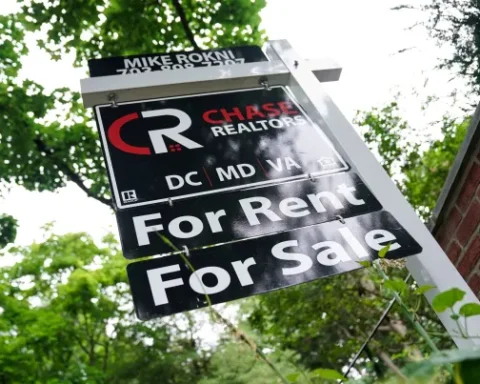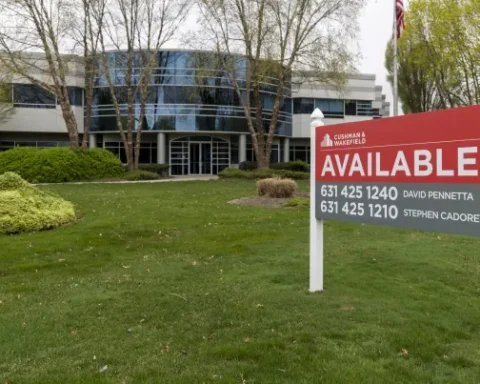As the climate crisis intensifies, insurance giants like State Farm and Allstate retreat from areas prone to fires and floods, signalling a worrying trend for homeowners in such regions. This strategic withdrawal could spell trouble for those seeking coverage and the overall value of properties in these high-risk zones.
State Farm, the nation’s leading homeowner’s insurance provider, made headlines in May when it ceased accepting new policy applications in California, citing the untenable risk of climate-related disasters. Following suit, Allstate announced in November 2022 a pause on new homeowners, condo, and commercial insurance policies in the state to “protect current customers.” This move reflects a broader industry trend, as Jeremy Porter from First Street Foundation noted, who pointed out the actuarial unsoundness of insuring properties in such high-risk areas given the current climate trajectory.
The reasons for this industry shift are manifold. State Farm attributed its decision to the escalating number of buildings lost to climate catastrophes and the soaring rebuilding costs amid rampant inflation. This problem extends beyond California’s wildfire-ravaged landscapes to states like Louisiana and Florida, where flood risks deter insurers.
Sean Kevelighan of the Insurance Information Institute highlighted the correlation between increasing climate risks and insurance costs. Despite a lack of major disasters in 2023, the industry still anticipates substantial losses, underscoring the growing impact of climate change on insurance viability.
The human side of this issue is starkly illustrated by the plight of Darlene Tucker and Tom Pinter, California homeowners facing the grim reality of insurance non-renewal. With their policy from Allstate set to expire and replacement quotes reaching excessive heights, the couple’s situation underscores the dire consequences for individuals caught in this predicament. The ripple effects on property values are significant, with research suggesting a potential 12% drop in value upon receipt of a non-renewal notice from insurers.
California’s unique regulatory environment, shaped by Proposition 103, further complicates matters by limiting insurers’ ability to adjust rates in response to climate risk. This, coupled with the general need for more consumer awareness regarding the importance of risk management in property purchasing, paints a challenging picture for the state’s insurance landscape.
Their frustration is palpable as the deadline for Tucker and Pinter’s policy renewal looms. The couple’s struggle for viable insurance options highlights a broader issue of accessibility and affordability in the face of tightening industry restrictions. Allstate’s efforts to work with the California Department of Insurance offer a glimmer of hope, yet the overarching issue of insurance availability in high-risk areas remains a pressing concern.
The insurance industry’s retreat from fire- and flood-prone areas indicates the broader challenges climate change poses. As insurers recalibrate risk assessments to account for the escalating threats, homeowners in affected regions must navigate an increasingly complex and costly landscape. This trend impacts individual property owners and raises critical questions about the long-term sustainability of housing markets in vulnerable areas.







